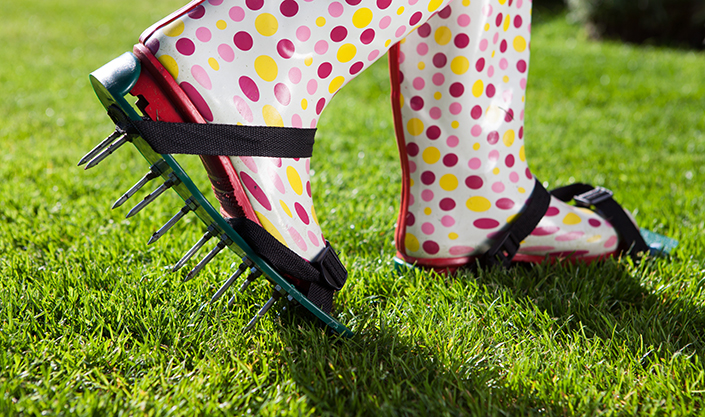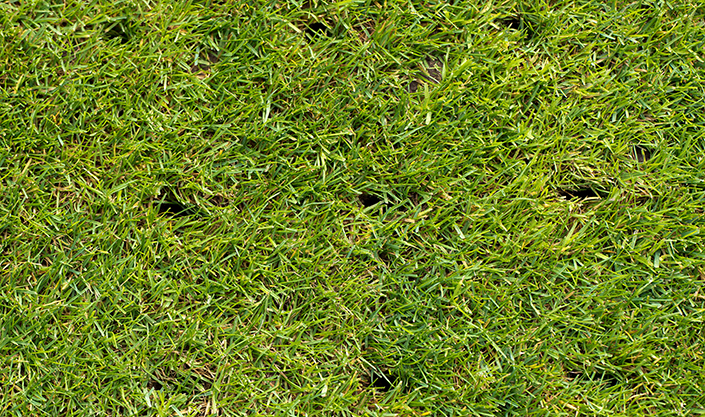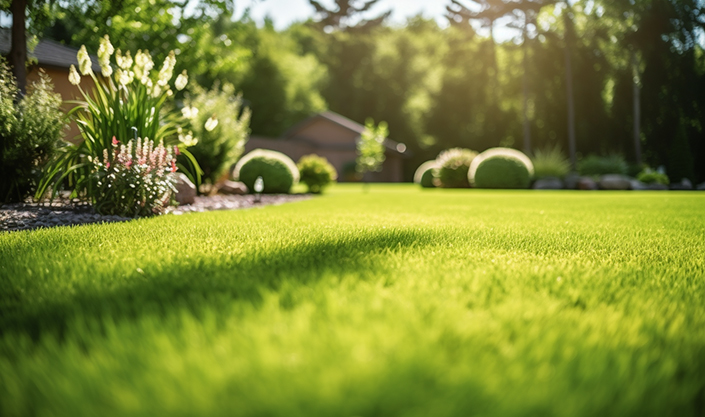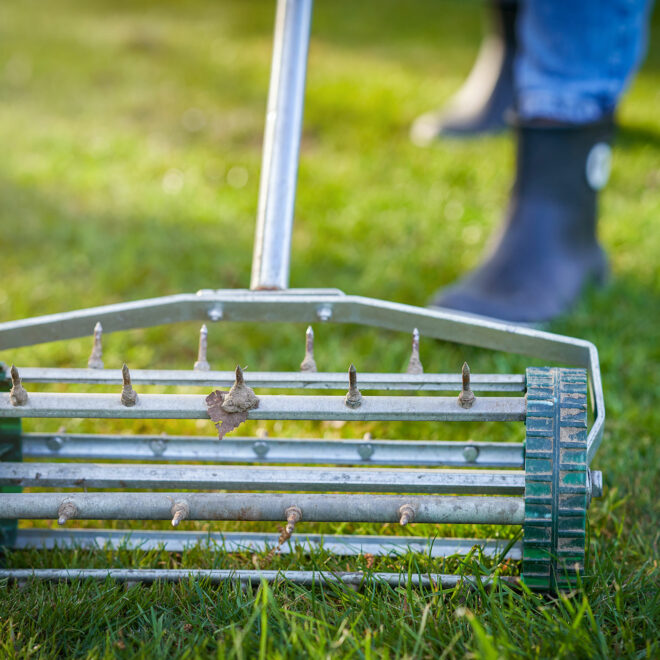Today, we’re going to delve into the wonderful world of lawn aeration. If you’re passionate about maintaining a lush, green lawn, then you’re in the right place. And guess what? Yavolo is soon going to be the place to be to find all the lawn aerators to help you achieve just that! So, let’s dive in and explore the ins and outs of lawn aeration.
Understanding Lawn Aeration
Lawn aeration, in its simplest form, is the process of perforating your lawn with small holes. These holes allow air, water, and nutrients to penetrate the grass roots, helping them grow deeply and produce a stronger, more vigorous lawn. But why is this so important, you ask? Well, over time, lawns can become compacted due to foot traffic and weather conditions. This compaction makes it difficult for grass roots to grow and access the nutrients they need. Aeration helps alleviate this compaction, giving your lawn the breath of fresh air it needs to thrive.
The Benefits of Aerating Your Lawn
Now that we’ve covered the basics, let’s delve deeper into the benefits of aerating your lawn.
Thatch Management
Firstly, aeration plays a crucial role in managing thatch. Thatch is a layer of dead grass, roots, and debris that accumulates on the surface of the soil. While a small amount of thatch can be beneficial, providing a natural mulch for the lawn, too much can create a barrier, preventing water, air, and nutrients from reaching the soil. Aeration breaks through this barrier, helping your lawn breathe and absorb essential nutrients.
Root Growth Stimulation
Next up, aeration stimulates root growth. By creating channels in the soil, aeration allows grass roots to expand and grow deeper. This not only strengthens your lawn but also makes it more resilient to drought and other stressors.
Improved Soil Texture
Aeration also improves soil texture. It breaks up compacted soil, making it easier for roots to penetrate. This results in a more porous soil structure, which improves water infiltration, reduces runoff and promotes healthier grass growth.
Boosting Earthworm Activities
Lastly, aeration boosts earthworm activities. Earthworms play a vital role in maintaining soil health. They break down organic matter, improve soil structure, and increase nutrient availability. Aeration enhances these activities by loosening the soil, making it easier for earthworms to move and do their job.
When is the Right Time to Aerate Your Lawn?
Timing is everything when it comes to lawn aeration. The best time to aerate your lawn depends on the type of grass you have.
Spring is the ideal time for the aeration of warm-season grasses, such as Bermuda and Zoysia. This is when these grasses start their rapid growth phase, and they’ll quickly recover from the aeration process.
On the other hand, cool-season grasses, like Fescue and Kentucky bluegrass, are best aerated in the early autumn. This allows them to recover before the winter chill sets in.
Not sure if your lawn needs aeration? Here’s a simple test: try pushing a screwdriver into your lawn. If it’s difficult to push in, your lawn could benefit from aeration.
Tools of the Trade: Lawn Aeration Tools
There’s a variety of lawn aerators available, each with its own benefits and use cases.
Manual Tools

For smaller lawns or spot treatments, manual tools like aeration shoes or a hand aerator can be effective. These tools create holes in the lawn as you walk or push them into the ground. They’re a great, low-cost option for those with smaller lawns or for those who enjoy a bit of a workout!
Coring Machines
For larger lawns, a coring aerator, also known as a lawn aerator machine, can be a game-changer. These machines remove plugs of soil from your lawn, creating channels for air, water, and nutrients. While they’re a bit more of an investment, they can make the process of aeration much quicker and easier.
A Step-by-Step Guide to Lawn Aeration

Ready to get started with lawn aeration? Here’s a step-by-step guide to help you through the process.
- Preparation: Before you start aerating, it’s essential to prepare your lawn. Water your lawn thoroughly one to two days before aeration. This softens the soil, making it easier to penetrate.
- The Aeration Process: Start by marking out any sprinklers or shallow irrigation lines to avoid damaging them during aeration. Then, using your chosen aeration tool, begin making passes over your lawn. For best results, make multiple passes over the most compacted areas.
- Post-Aeration Care: After aeration, it’s crucial to continue caring for your lawn. Water it regularly to keep the soil moist and help the grass recover. If you’re overseeding your lawn, now’s the time to do it. The seed will fall into the aeration holes, helping it germinate and establish more effectively.
Common Mistakes to Avoid While Aerating
While aeration is a relatively straightforward process, there are a few common mistakes to avoid.
Firstly, avoid aerating during dry periods or during extreme heat. This can stress the grass and potentially damage it. Instead, aim to aerate when the soil is moist and the weather is mild.
Secondly, make sure to aerate before applying any weed control products. Aeration can disrupt these products, making them less effective.
Lastly, remember to be patient. It can take a few weeks to see the full benefits of aeration. But trust us, it’s worth the wait!
Lawn Aeration and Lawn Care: The Bigger Picture

Lawn aeration is just one piece of the lawn care puzzle. It works best when combined with other lawn care practices, such as regular mowing, watering, and fertilising. By incorporating aeration into your lawn care routine, you’ll be well on your way to a healthier, greener lawn.
Conclusion
So there you have it, the ultimate guide to lawn aeration! We hope this post has given you a deeper understanding of the importance of aeration and how to do it effectively. Remember, a well-aerated lawn is a happy lawn. And with our upcoming range of lawn aerators, achieving a lush, green lawn has never been easier!
Excited to start your lawn aeration journey? Subscribe to our updates to be the first to know when our lawn aerators are in stock. And if you found this post helpful, why not share it with your fellow garden care enthusiasts? Let’s spread the joy of gardening far and wide!
For more amazing blogs on a variety of topics, head to our home page.






